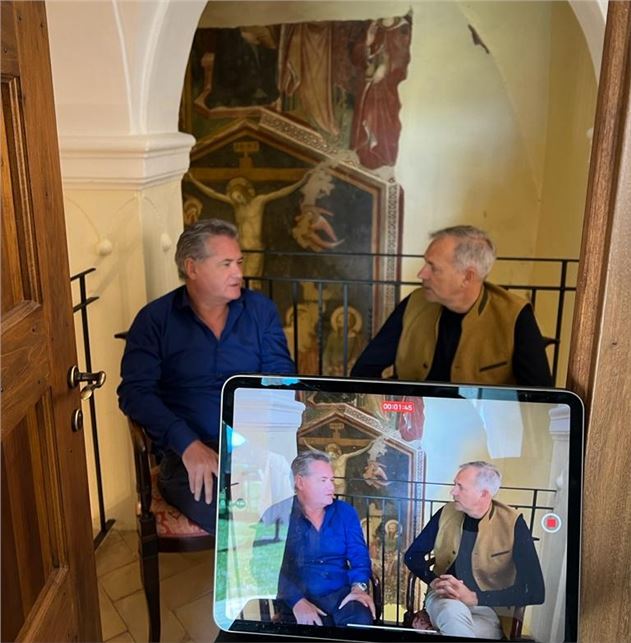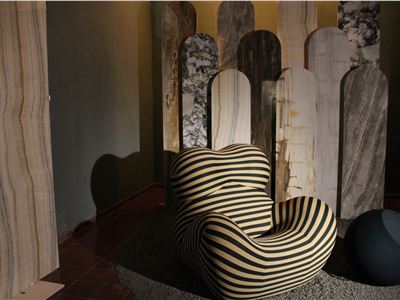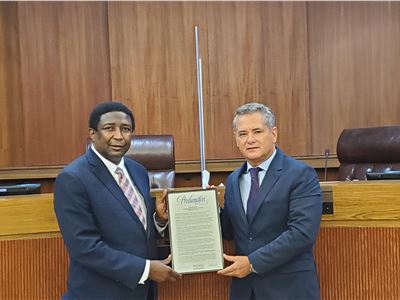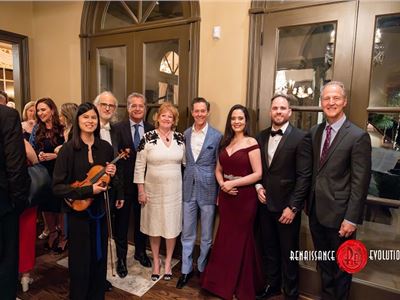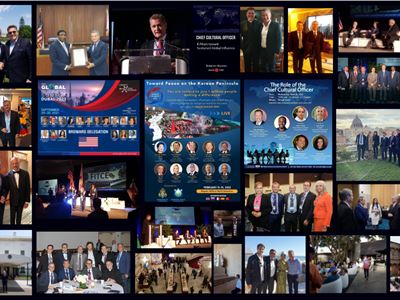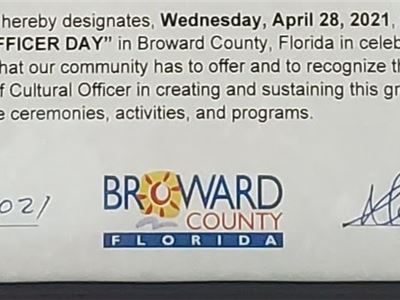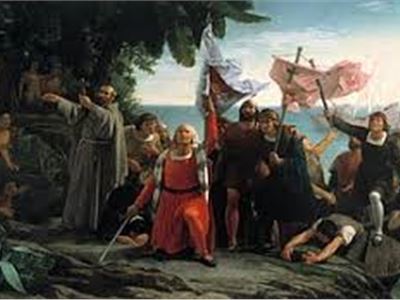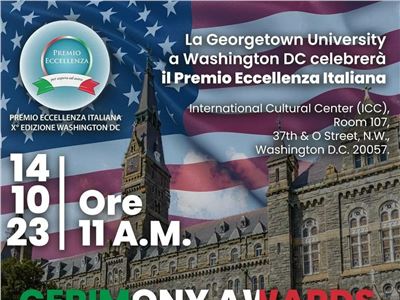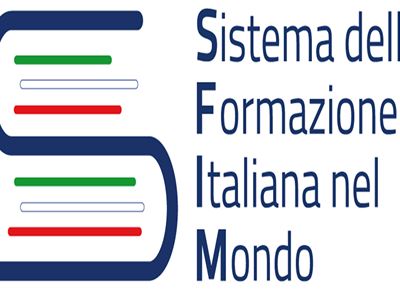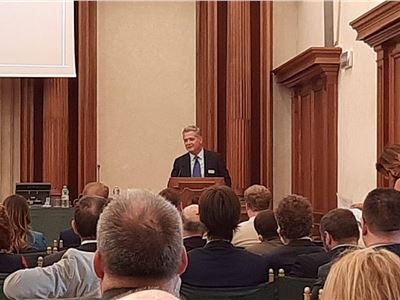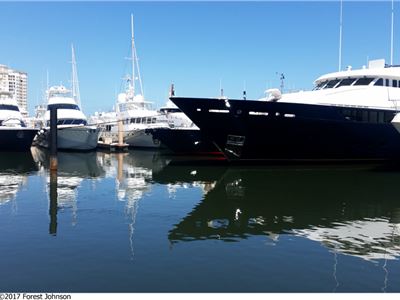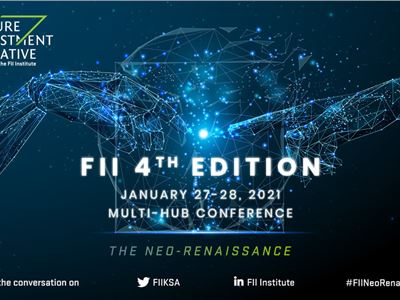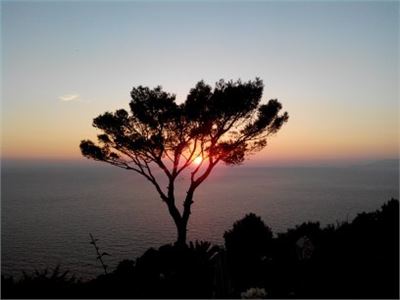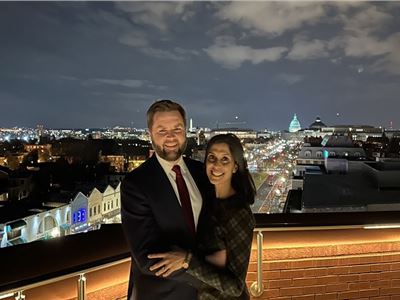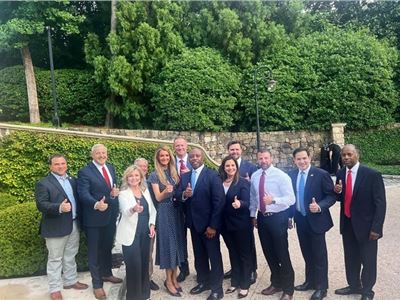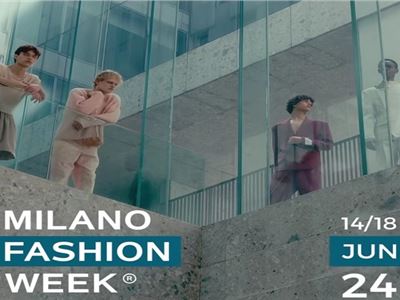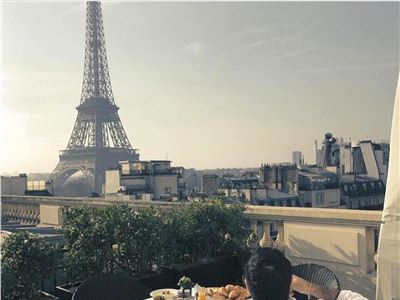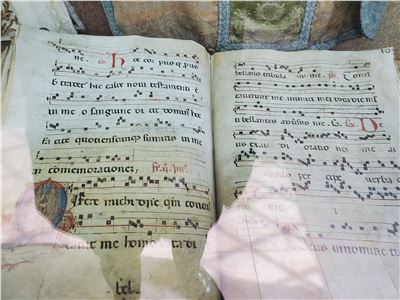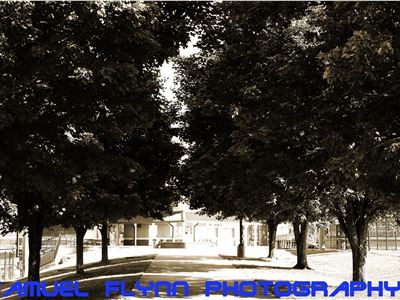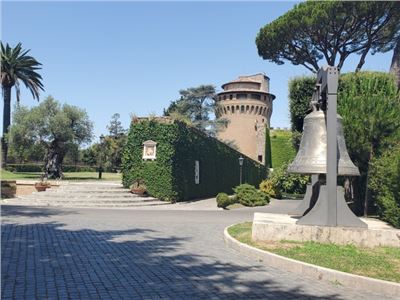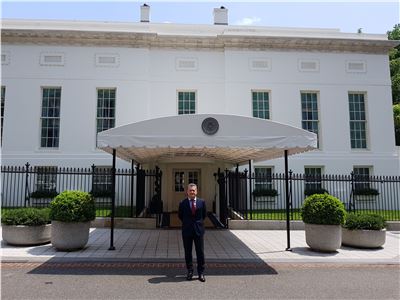Renaissance Evolution, a no-profit organization with headquarters in Washington DC and an Agency for promoting Italian Language and Culture in the South East of the USA and in the Caribbean, the 28th of April, 2023, the Chief Cultural Officer day in Florida, visited the Relais Borgo Campello (PG), in Umbria Region, Italy.
Roberto Masiero, Founder and President of Renaissance Evolution had the opportunity to talk with Vincenzo Naschi, who told about his and his family’ story , related to the Borgo Campiello’s one, showing the frescos and the landscape that you can enjoy in there.
Vincenzo and his wife, Daniela, has given a new life to the medieval village of Campello sul Clitunno (PG), building the Relais Borgo Campello, with a Castel and a Monastery of the XIII Century, with the main purpose of letting people discover this historic and artistic site but at the meantime letting them relax and taste the Umbria’s gastronomy in the Relais.
The Relais surely has a romantic nature: more than 40 years ago, the two Romans met in this place, and they decided to take care of it after the big earthquake of 1997 that destroyed anything. Although natural disasters and the flow of the centuries, the couple was able to regenerate and conservate this environment.
She, a restorer and he, an engineer with touristic management experiences.
Everything had been possible thanks to the European Union, too, through the Umbria Region, that gave funds to renovate and restore this village, becoming the today Relais, offering jobs opportunities to many people and increasing the tourism in Umbria.
The Monastery of Saint John and Saint Peter was abandoned in 1800 and one and half century later, in 1935 was taken by the Barnabite priests, restoring it. It hosts important and fantastic medieval and renaissance Frescos, some of which, despite the restoration, are partially lost: “Crucifixion with Saints” by Maestro Fossa, 1300, surmounted by a “Nativity” and “Mystic Wedding of Saint Catherine of Alessandria” attributed to Maestro of Eggi, in the second half of the 1300, with few gothics reminds.
Other Frescos dedicated to Virgin Mary, such as “Virgin Mary with Child on throne” and “Virgin Mary of Mercy” by Lo Spagna, nom de plume of Giovanni Di Pietro, renaissance Spanish painter who had studied in Italy as a Perugino’s pupil.
The Castle was the beginning of this place, built in 921 by Robero of Champeaux, Bourgogne’s Baron, originally from Reims, in attendance upon the Duke Guido of Spoleto. Rovero had built this fort, assigning a fief/feud with eight villages, called “Gualdi Ranieri”.
The Castle stood an assault by the Eugubini mercenaries under the Gonfalonier Pietro Pianciani of Spoleto, destroying the Campello Counts’ home and the castle.
In 1930 Campello Counts renounced the feudalism duties and gave them to the people of the village, and in the XVI Century the village issued statutes for a civil and religious coexistence.
Until the XVIII Century the Castle remained a part of the Spoleto city, then it became autonomous with 300 inhabitants, until the Second World War when just few people remained.
The Castle still has the medieval structure and its area includes 100 square meters, which a part of it belongs to Vincenzo and Daniela’s location. The territory has a church, their Spa and a magnificent terrace.
Vincenzo and Daniela, our contemporary Romeo and Juliet or Paolo and Francesca, has been working to relaunch and make us discover the Umbria Region, with its positive aspects for Tourism, offering an important culinary and winery tradition, with cities and villages gone through centuries of art and history, even the Nature is wide and wild in here.
This Region doesn’t miss anything out to be considered as one of the best touristic destinations in Italy.
- Tags: Renaissance Evolution Roberto Masiero Vincenzo Naschi Relais Borgo Campello Art Culture Renaissance Art Renaissance Culture Renaissance Frescos Middle Ages Middleage Art Middleage Culture Castle Monastery Tourism Umbria Italy Tourism in Italy Tourism in Umbria Architecture Middle Age Architecture Enogastronomy Gastronomy Italian Food Italian Gastronomy Umbria Gastronomy Umbria Food
- Categories: Arts Culture Entertainment Life & Style Travel Architecture & Design Chief Cultural Officer Innovation


